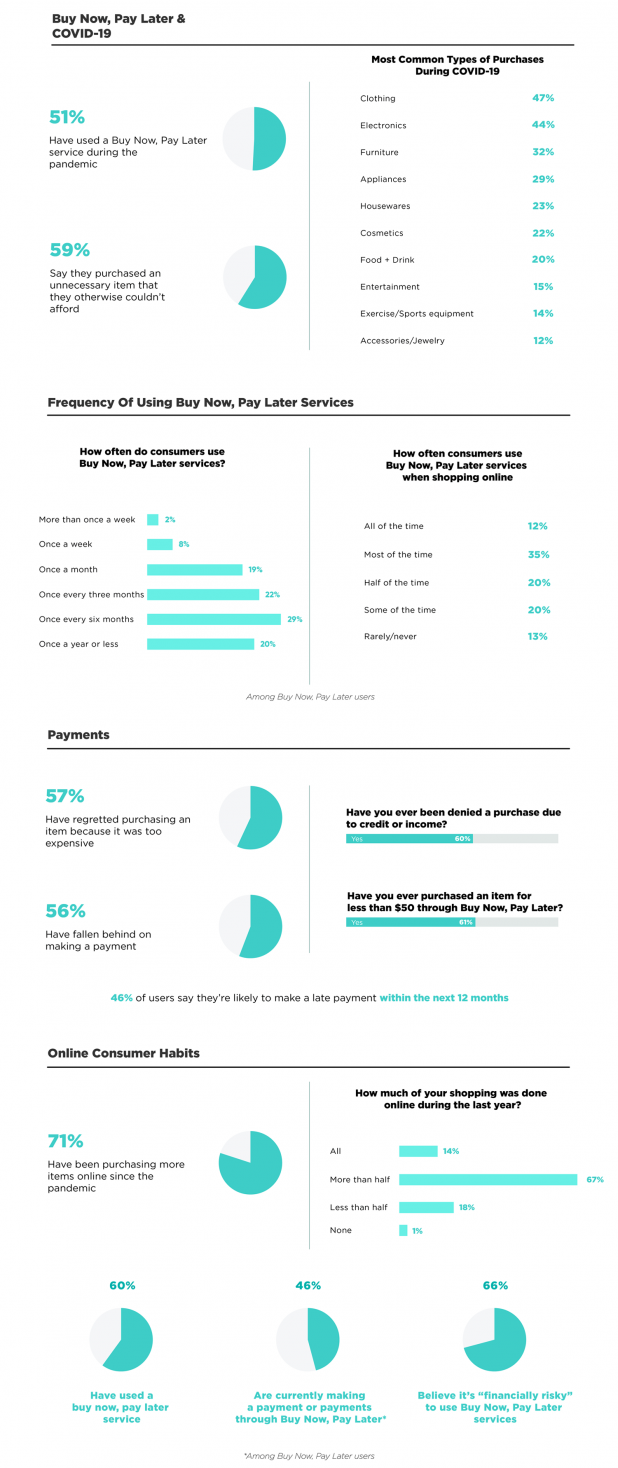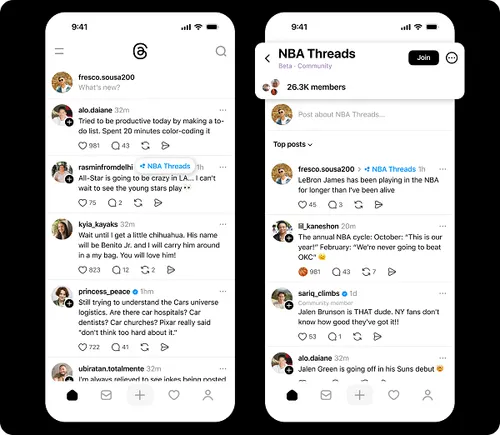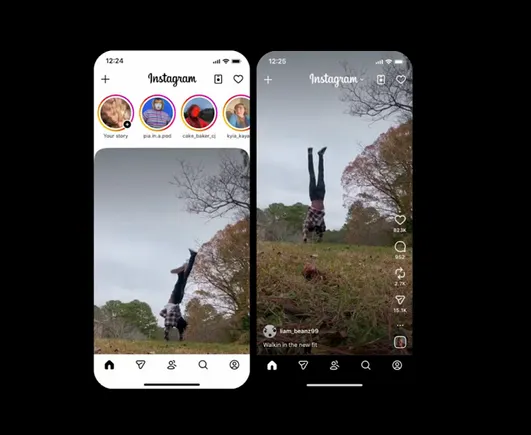What Is A Local Link & How To Find More Local Link Opportunities via @sejournal, @seocounseling
Struggling to find high-quality and relevant links for your local SEO? Use these tips to build links that can help improve your rankings. The post What Is A Local Link & How To Find More Local Link Opportunities appeared...
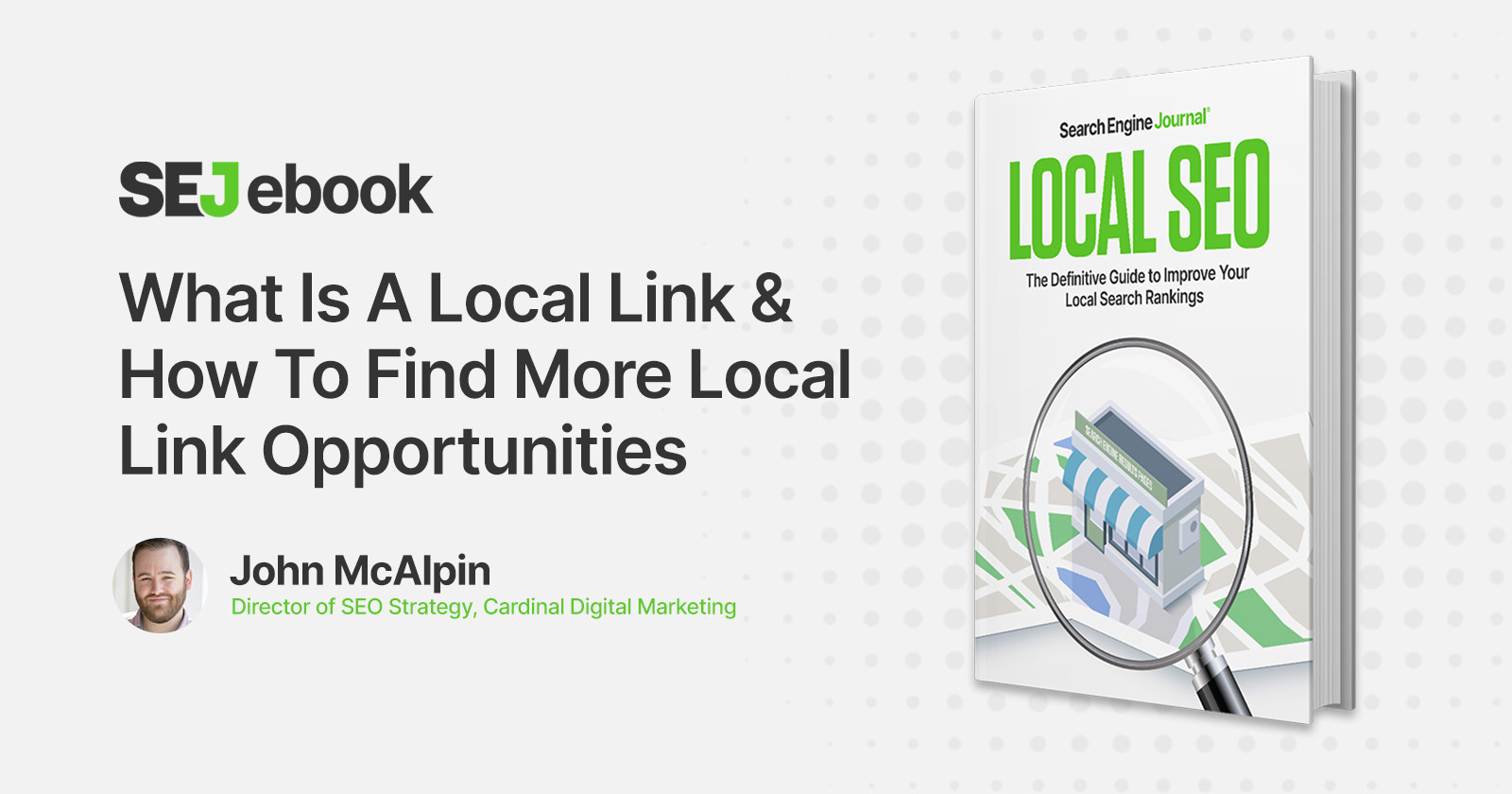
Link building is a critical piece of any local SEO strategy and whether you’re a brick-and-mortar business or service area business, link building can help improve your rankings.
Finding high-quality and relevant links for local SEO is also going to be one of your greatest challenges.
So here, you’ll find all kinds of useful tips to help you identify prospects, put tools to work for you, and find greater success in your link building outreach tactics.
What Is A Local Link?
The traditional thought process when we think about link building is that we want highly authoritative domains to link back to our websites – and we want as many of them as possible.
However, earning backlinks for smaller organizations can be incredibly challenging, especially if nobody has heard of you.
If you’re tasked to build links for a local brick-and-mortar store or service area business, it’s important to understand the relevancy of the links.
Local links are done with the intention to show that others with relevance to the local area trust or endorse your business.
Local SEO professionals usually fixate on:
Correcting NAP (Name, Address, Phone number) information. Building up a list of citations. Creating hyperlocal content. Building links from websites in the local area.These tasks are all done to serve the purpose of establishing a presence within the SERPs for local terms in the local map pack with Google Business Profiles, and the organic search results for localized keywords.
When earning local links, try to focus on:
Linking back to your location page or the most relevant page corresponding to the backlink. Ensuring that there’s some sort of CTA on the linked page.Websites in your specific local area might not command a highly authoritative site. They might be small themselves.
Don’t focus on link metrics like DA for localized sites.
Even if a website has a low DA, getting a link from them might be more valuable than from Forbes, Huffington Post, or The New York Times simply because they have influence in and are relevant to your small market, .
While it is always great to get big links from highly authoritative sites, it’s important to understand the limitations that local businesses are dealing with – and, more often than not, the lack of budget to produce the type of content that these big publishers are looking for.
It’s great to set big goals, but we need to understand the parameters we’re working with.
A local business will only do business in the confines of the local space it’s in, so doing business in San Francisco and getting traffic from New York might prove to be worthless in the end.
Start With Building Citations
Citation building, finding general directories, niche directories, and correcting the information you are currently in will help you get started.
Citations are great because they enable you to put a link down on some fairly decent websites where your key business information might even be seen by some searchers, if the query is low enough in competition.
Services to help you to tackle citation building include:
Yext Moz Local Brightlocal WhitesparkThese are all great platforms I’ve used for citation building and auditing.
When getting started with one of these tools, pay attention to the niche directories in their database. Niche directories will carry more weight than general directories.
Where Do The Opportunities Lie? Anywhere You Can Find Them!
“Who would link back to a sandwich shop?” – Anonymous SEO Specialist
There is a common idea floating around that local link building might not be beneficial, might not be natural, or (in some cases) might seem impossible.
But that is why those who do local SEO may need to be more creative than those doing SEO for a giant brand.
Local link opportunities may not have the same variety as national or global link options. You’re fighting to rank for hyperlocal keywords which tend to not have a lot of search volume, and you will be working with websites with low authority to start.
To answer the anonymous quote above, here are some types of local links you can build for a sandwich shop:
Local newspapers or media outlets that do features on local eats. Local bloggers who have a small following but that entire following is within your target area. Local event pages that write content about what to do in an area – tourism sites, downtown directories, Chambers of Commerce, etc. Other local businesses that also have websites and are open to having a “Local Partners” page or a “Businesses We Love” page. Local charities that the business owner could sponsor or volunteer for that offer a featured volunteers page. Tourism websites. Local organizations and group sites.If you’re doing SEO for a local space, it’s important to understand where the limits of that local space are and make that space your new earth.
Everything you do to promote this business exists in the confines of the radius you set forth.
Understanding your limitations will allow you to think more creatively and effectively find opportunities in that space, which will ultimately lead to the most value for the business website you’re working on.
Open Up A Link Tool & Start Finding Prospects
For as long as I can remember, Ahrefs and Majestic have been the standard for link research.
However, it’s worth noting that Semrush has come a long way with upgrading their database and now claims to have the largest backlink database. Sometimes it’s a good idea to use multiple tools!
To start building your list of prospects, you first need to understand where the business stands within its space and how competitive it will be to rank moving forward.
Start with the terms that you believe will offer the most value to your business. Then see which businesses currently rank on the first page of the SERPs.
Collect the list of websites and see what links they have acquired in the past.
Compare the mutual links among them, and the different links they have acquired.
These are direct competitors, so most of the links will be related to the specific business you’re working on.
Compare the lists you collected with the link profile of the site you are currently working on and see where you are lacking.
If you’re able to acquire all the links that the competition has acquired, then you’re able to stand on a more level playing field as far as links are concerned.
How To Find More Link Opportunities
If you’re caught up with your assumed competition for your space in search with respect to links, then the natural next step for you is to get more links than your competition.
Explore other local businesses and where they have acquired press coverage.
Doing this will help you understand how other companies not in our industry have built links in the same local space.
By looking at popular businesses in general within our local space, we can start to find some low-hanging fruits of opportunity to build links and find local writers, local blogs, and sites in general that want to (or have supported) local businesses in the past.
Another method I have used is finding businesses with a lot of traction and putting their website through a link analysis tool.
One way you can find a high traction business is through review sites like Yelp.
Go to Yelp and search within your city and filter by the most reviewed business.
These businesses might not be related to your value proposition at all, but they offer a wealth of information on promotional opportunities for your site in the local space.
 Screenshot by author, December 2018
Screenshot by author, December 2018
The top reviewed business for San Francisco, for example, was for the Tartine Bakery.
If you throw this site into a backlink analysis tool, you might be surprised by the results you find.
According to Ahrefs, this website has more than 3,000 links. I’m more than willing to bet you that not all of these are related to food.
If you’re working with a small restaurant, you now have a goldmine of potential links that are local to your space, even if you aren’t providing the same type of food.
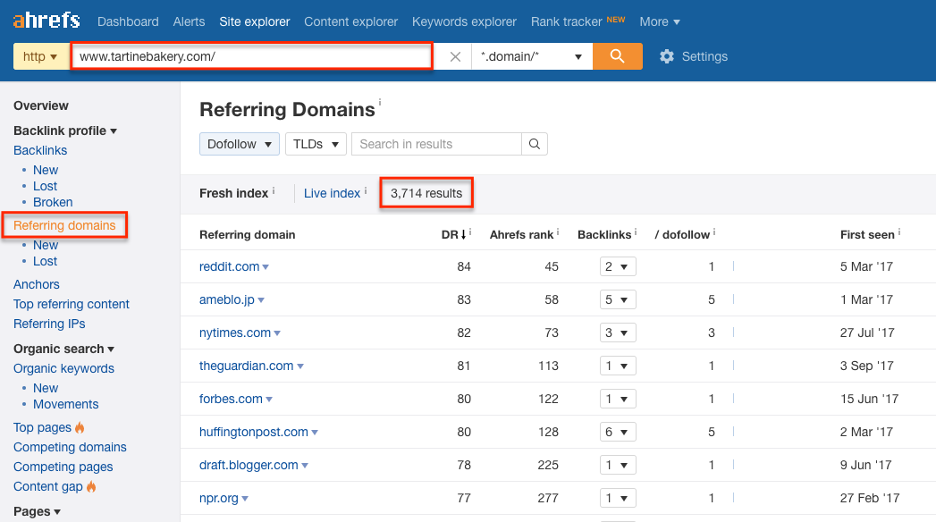 Screenshot from Ahrefs, December 2018
Screenshot from Ahrefs, December 2018
Use this method with the businesses that have gotten the most reviews and businesses within a handful of different verticals to get a variety of potential links.
When you’re going through these lists, you will find links that are completely unrelated or unobtainable. But that’s okay.
The whole point of this exercise is to find the few diamonds in the rough and build connections with those in the local area who have some influence when possible.
For more advice and tips on link building, be sure to check out these expert resources:
Tips for Better Link Building Outreach with Segmenting & Theming by Bibi Raven A Link Building Checklist to Earn More & Better Links by Anna Crowe 50 Types of Links You Want & How to Build Them by Kevin RoweFeatured Image: Paulo Bobita/Search Engine Journal

 Fransebas
Fransebas 









